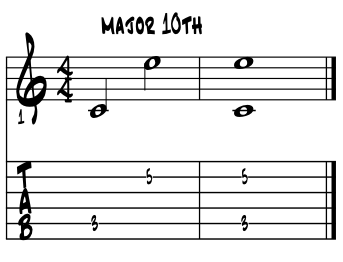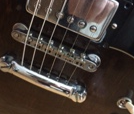A '10th', in a nutshell. Simply that all things major 3rd / Three, when moved up one full octave, are basically all things major 10th. Meaning that the major 3rd of really anything major sounding including; scales, arpeggios, chords, licks, keys, songs, symphonies etc., is also, if we discover and measure this pitch up an octave from the root, we can call it a major 10th, too. |
So why a major 10th ? Well, we've passed beyond the octave and further into the upper structure of our more harmonic leaning resource. Example 1. |
|
Theory names: 10th, major tenth. Well, our major tenth interval is simply a major third with a booster stage rocket to get us up an octave to 10. No more no less. Please examine the numbers, letter names and sound of the interval of a major 10th in the key of C major. In this next idea we also compare the sound of the major 3rd to the major 10th. Example 1a. |
 |
Sweetness. Can you hear and sense the sweetness of the major tenth interval? It'll become a fond friend as we develop our chord voicings for both guitar and piano. It's probably cool in arranging for horns and other orchestral settings as well. Hearing a pure third atop any collection of notes and instruments, is often like a refreshing breath of inspirational fresh air. The cherry on the top? Yep. |
So where is the major tenth colortone the music. Well, as the major third and the major tenth are the same pitch, we most often theoretically merge them together as the major third. Just easier. So anywhere we have a major third, we might, if we take it up an octave, have a major 10th. So is there anything in particular with the major tenth that makes it unique and distinct from the major third? Tough to say depending ... |
Chord voicings. In our modern day homophonic style of music, where one distinct melody line is supported by vertical chords, we often find the interval of the tenth, both major and minor, in various chord voicings. Some piano players sound this interval in the left hand, pinky thumb, big stretch. Another option is sound the root note, press the sustain pedal, and with the right hand, find a 10th above to stack up the chord tones and color tones. Please examine the three chord types featuring a 10th. Example 1b. |
 |
Clear as day ? Yep, clear clear all clear tonality. The wide spacing between the root and 10th is magical. |
For piano. Sounding this interval can be a chore as the size of one's hand plays a role. Left hand bass note, right hand three note chord is a good 'rule of thumb' to begin with. The pitches can be 'rolled', one then the other. Another way is with the sustain pedal. You might want to get with a piano player you dig and talk voicings. Once you find a few that work for you, just run them through all the keys to have something to work with. Toss in the 'half step lead in' motions to these chord types, through the keys, and voila ... U got yourself a palette of colors Amigo. Learn the 12 bar blues form and a couple of standards and start sitting in, find your way in a musical world. |
Arrangers of larger ensembles will also have wider intervals in the lower pitches. Even many of our guitar voicings move the 3rd up an octave to the 10th. Here's an organic part of our why we consider these options. |
| Harmonic series. Our chord voicings basically try to follow the sequence of pitches as created by the naturally occurring harmonic series. The core of the idea is the wider intervals at the beginning of the series of pitches. Please examine the harmonic series from our fundamental pitch C and its first 16 partials. Note the clef change in the example. Example 2. |
 |
The first five partials. In the first five partials we can get a sense of the way the intervals / pitches naturally evolve from the natural properties of sound. Thus, our initial octave ( partials 1-2 ) is followed by its fifth, then the octave / tonic pitch returns. Next is the 5th partial, the pitch E, which would be a major 10th interval above our 2nd partial. In some theory circles, leaving off the first octave aligns our numbers and pitches more closely to the ways we know them in our studies of music theory. This is the natural basis for wider intervals in the lower pitches of our chords. |
Partials / string harmonics. We can recreate these partials to a certain extent on our stringed instruments by finding our string harmonics. The octave is at the midpoint, usually designated by the double dots along the edge of the neck. Lightly touch the string over the 12 fret with one hand and start the string in motion with the other. A softer pitch one octave above the fundamental note should ring. The fifth is found at the seven fret / dot. Octave above at the fifth fret. Major third at the fourth fret. Explore and discover. |
|
Guitar chord voicings. In many of our coolest root position guitar chords, we'll most often find the third of the chord up an octave to the major tenth position. Examine the various chord voicings that do just that. After the big barre, leaning jazzy here, example 3. |
 |
Musical styles. This last example has a couple of interesting things for the evolving, modern guitarist. We have voicings arranged by strings, different chord types and different musical styles represented. All of the chords are movable so that if you master these 10 shapes, times the first 10 frets of our instruments, makes 100 different chords. Thrown in the half step lead-in filter and whammo ... 'chords r us !' |
Bass chords. In this next idea we create a descending motion from Four down to One, using the interval of a 10th, first sounded by two pitches as an interval and then sounding both pitches together as a chord. Thinking in 'G' major, motion for Four stepwise down to One. Example 4. |
 |
Majestic yes ? This basic lick in 'G' makes for nice jamm vamp. Run it a couple of times then add in a Five chord to bring some closure to the art ur making, then start off again on the riff to make some art anew :) |
Review and forward. The interval of a major tenth is simply the same pitch as our major 3rd but one octave higher. We identify it as such in the theory just to keep things straight in our chord voicings. It's still a major third above our root pitch, just up an octave to 10 :) |
wiki ~ Art Blakey |
 |
 |
|||||||||||
 |
 |
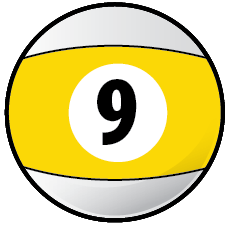 |
 |
 |
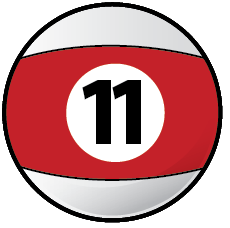 |
 |
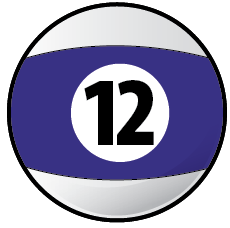 |
 |
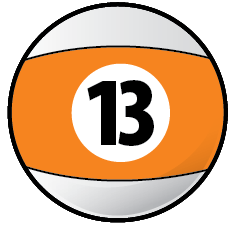 |
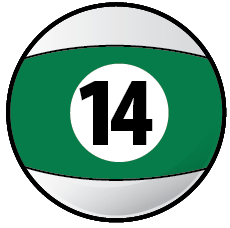 |
 |
 |
References. References for this page come from the included bibliography from formal music schools and the bandstand, made way easier by the folks along the way. In addition, books of classical literature; from Homer, Stendahl and Laudurie to Rand, Walker and Morrison and of today, provided additional life puzzle pieces to the musical ones, to shape the 'art' page and discussions of this book. Special thanks to PSUC musicology professor Dr. Y. Guibbory, who 40 years ago provided the initial insights of weaving the history of all the fine arts into one colossal story telling of the evolution of AmerAftroEurolatin musical arts. And to teacher-ed training master, Dr. Joyce Honeychurch of UAA, whose new ideas of education come to fruition in an e-book. |
"Life is about creating yourself." |
wiki ~ Bob Dylan |
Find an e-book mentor. Always good to have a mentor when learning about things new to us. And with music and its magics, nice to have a friend or two ask questions and collaborate with. Seek and ye shall find. Local high schools, libraries, friends and family, musicians in your home town ... just ask around, someone will know someone who knows someone about music who can help you with your studies of the musical arts with this e-book. |
Intensive tutoring. Luckily for musical artists like us, the learning dip of the 'covid years' can vanish quickly with intensive tutoring. For all disciplines; including all the sciences and the 'hands on' trade schools, that with tutoring, learning blossoms to 'catch us up.' In music ? The 'theory' of making musical art is built with just the 12 unique pitches, so easy to master with mentorship. And in 'practice ?' Luckily old school, the foundation that 'all responsibility for self betterment is ours alone.' Which in music, and same for all the arts, means to do what we really love to do ... to make music :) |
 |
"These books, and your capacity to understand them, are just the same in all places. Always bear in mind that your own resolution to succeed, is more important than any other one thing." |
|
Academia references of Alaska. And when you need university level answers to your questions and musings, and especially if you are considering a career in music and looking to continue your formal studies, begin to e-reach out to the Alaska University Music Campus communities and begin a dialogue with some of Alaska's finest resident maestros ! |
|
Formal academia references near your home. Let your fingers do the clicking to search and find the formal music academies in your own locale. |
"Who is responsible for your education ... ? |
'We energize our learning in life through natural curiosity and exploration, and in doing so, create our own pathways of discovery.' Comments or questions ? |
